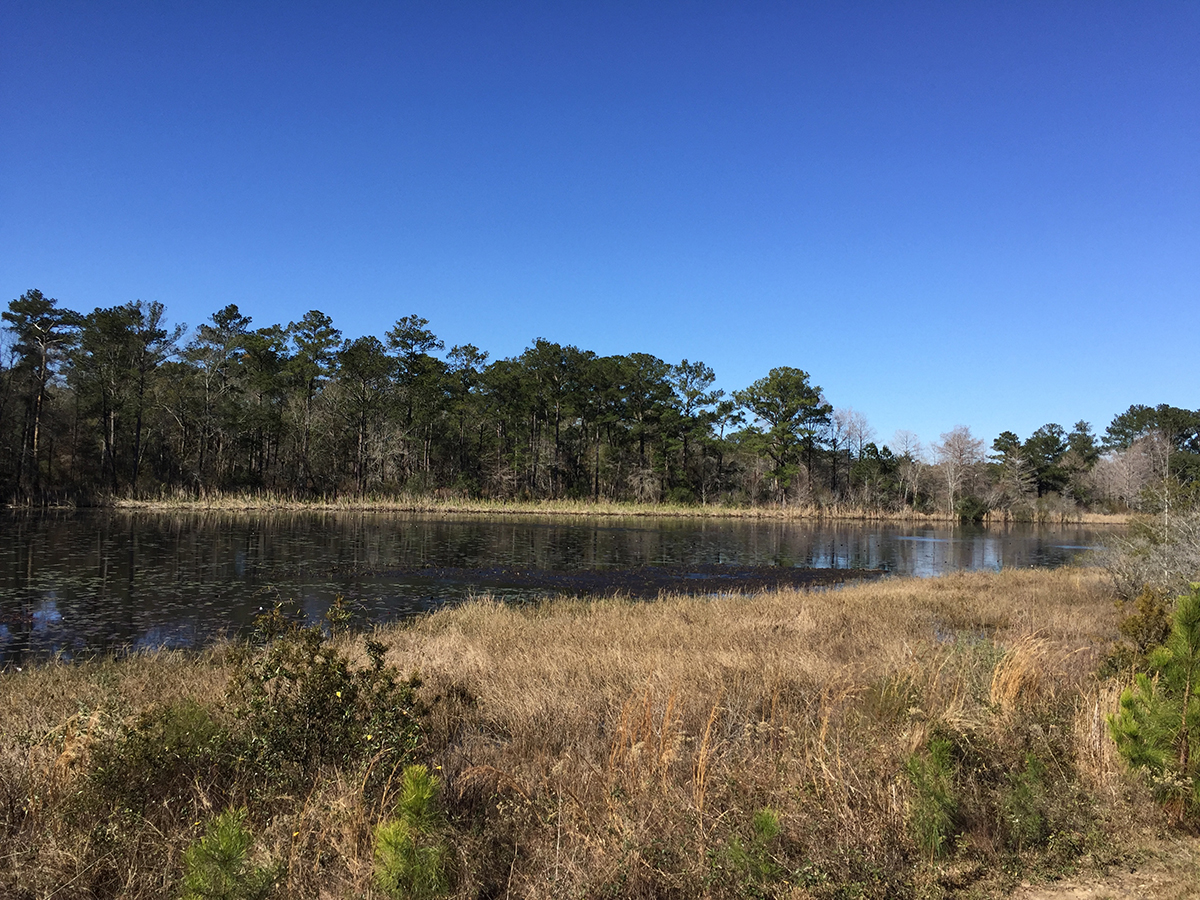When rural towns look for ideas to widen their economic base, tourism isn’t always the most obvious solution—especially during a pandemic.
But a new study by University of Georgia researchers offers a potential road map, connecting landscapes to preferences among motorcycle enthusiasts. By designating and marketing scenic byways, rural communities could appeal to a specific set of tourists who prefer small roads with no clear destination.
“It’s one of the first assessments of landscape preferences by motorcycle enthusiasts, and it’s also unique in its focus on managed landscapes in the Southeast,” said Krista Merry, a research professional in the UGA Warnell School of Forestry and Natural Resources. Merry specializes in geographic information systems (GIS), and for the study she used information collected from landscapes in Jackson County, Florida.
Attract tourism
“Our idea was that it could be used by policymakers or city or county planners looking to attract tourism to their area. It can also serve as a prototype for how municipalities can do their own analysis, especially if they are trying to attract motorized recreation,” Merry said. “This is a pretty rural county, but it is a county that falls between South Georgia and Panama City, Florida. So, you can see people traversing the county to get to the beaches, for example.”
The study, which was sponsored by the U.S. Forest Service Southern Research Station, was published earlier this year in the Journal of Outdoor Recreation and Tourism.
Merry said the idea for the project came right after she and her team had finished a different research project in the county, which included a landscape analysis. So, with an understanding of the variety of natural areas in the Florida Panhandle, she dropped a series of points on a map representing a variety of landscapes: agricultural fields with forests in the background, bare ground with forests in the background, mature forests, pastures with forests in the background, waterscapes with forests in the background and young forests.
If a county wanted to attract recreational motorized tourism, this gives them an idea of what they have to offer.” — Krista Merry
The points were evenly distributed among the various types of locations. Then, the team assembled images of the landscapes and created a survey that was sent to members of the American Motorcycle Association. Past studies of motorcyclists have identified primary gender (male), age (over 50), road preference (rural roads without traffic) and the types of trips they take (often without a specific destination).
Among those who responded to the survey, a majority noted a preference for landscapes with water in the foreground and forests in the background, followed by mature, forested landscapes. Views of bare ground were deemed least appealing. These results are in line with other research that has found water views to be more popular, Merry said.
Scenic driving opportunities
While the landscapes of Florida’s panhandle vary greatly from rural locations across the rest of the United States, Merry said the survey method can be applied anywhere. “If a county wanted to attract recreational motorized tourism, this gives them an idea of what they have to offer,” added Merry. “They can set up scenic driving opportunities or highways. This particular county has natural springs, and maybe they can develop scenic driving opportunities that hit beautiful spots throughout the county.”
Ultimately, Merry said, the goal of the study is to create a template that others can follow, customizing it for their own landscapes and features.
“If the North Star is to attract motorized tourism, this type of survey might impact how they make management decisions,” Merry said. “And, it’s also an inexpensive way to do it; the most time was spent taking the photos. But in terms of doing an assessment, all you need is a smartphone, a car and some time.


